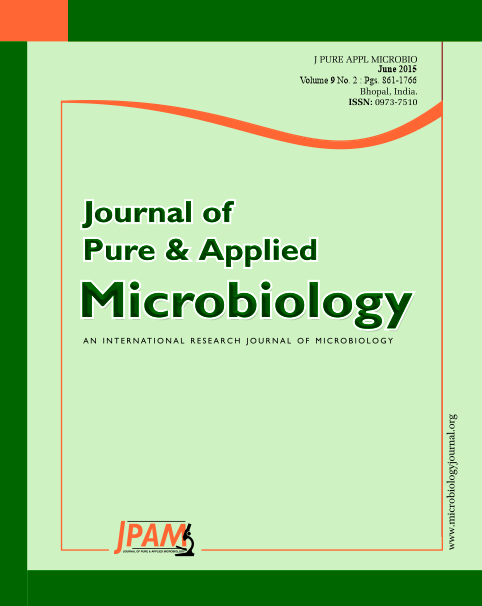Sustainable farming systems strive to minimize the use of synthetic pesticides and to optimize the use of alternative management strategies to control soil borne pathogens. During the last decade numerous bio control experiments with bacteria have been reported. But when such bacterial formulation was tried on field, it was not able to give as nice response as its giving in lab. Therefore, it is necessary to develop efficient strains in field conditions. One possible approach is to explore soil microbial diversity for PGPR having combination of PGP activities and well adapted to particular soil environment. So keeping in view the above constrains, the present study was designed to screen certain rhizospheric bacterial isolates for their multiple plant growth promoting activities. In this research twelve bacterial isolates were successfully isolated from cotton rhizosphere which possess antagonistic activity against to main soil fungal pathogen of cotton as well as also shows plant growth promoting activities. All the potent isolates were characterized phenotypically and biochemically. One of them were also characterized molecularly by 16s r RNA sequencing and found to be novel. The selected isolates are antagonistic to Rhizoctonia solani and Fusarium oxysporum and could be developed into a valuable crop management tool to reduce the deleterious impact of plant pathogen.
Plant Growth Promoting Rhizospheric Bacteria (PGPR), Bio control, Phenotypic characterization, Biochemical characterization, Molecular characterization
© The Author(s) 2015. Open Access. This article is distributed under the terms of the Creative Commons Attribution 4.0 International License which permits unrestricted use, sharing, distribution, and reproduction in any medium, provided you give appropriate credit to the original author(s) and the source, provide a link to the Creative Commons license, and indicate if changes were made.


